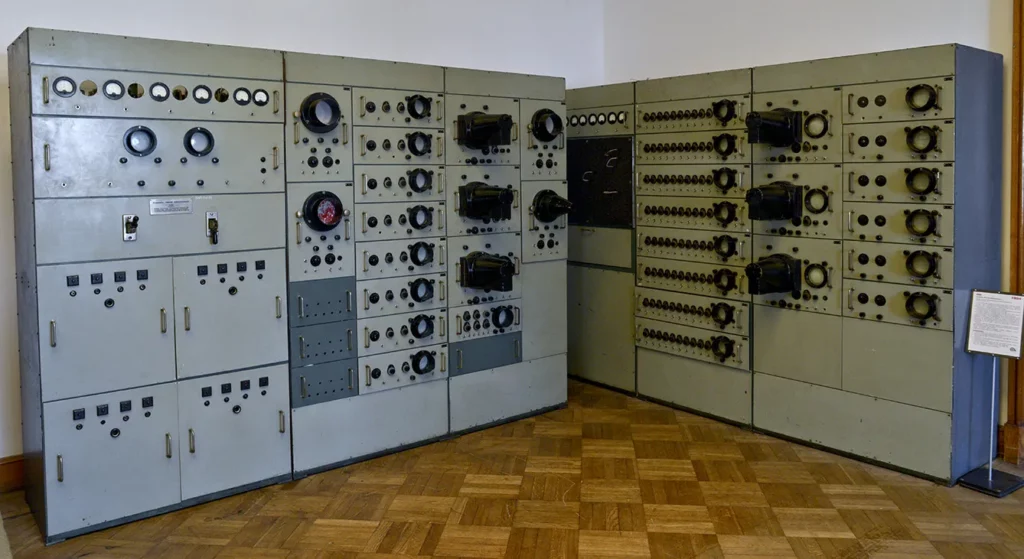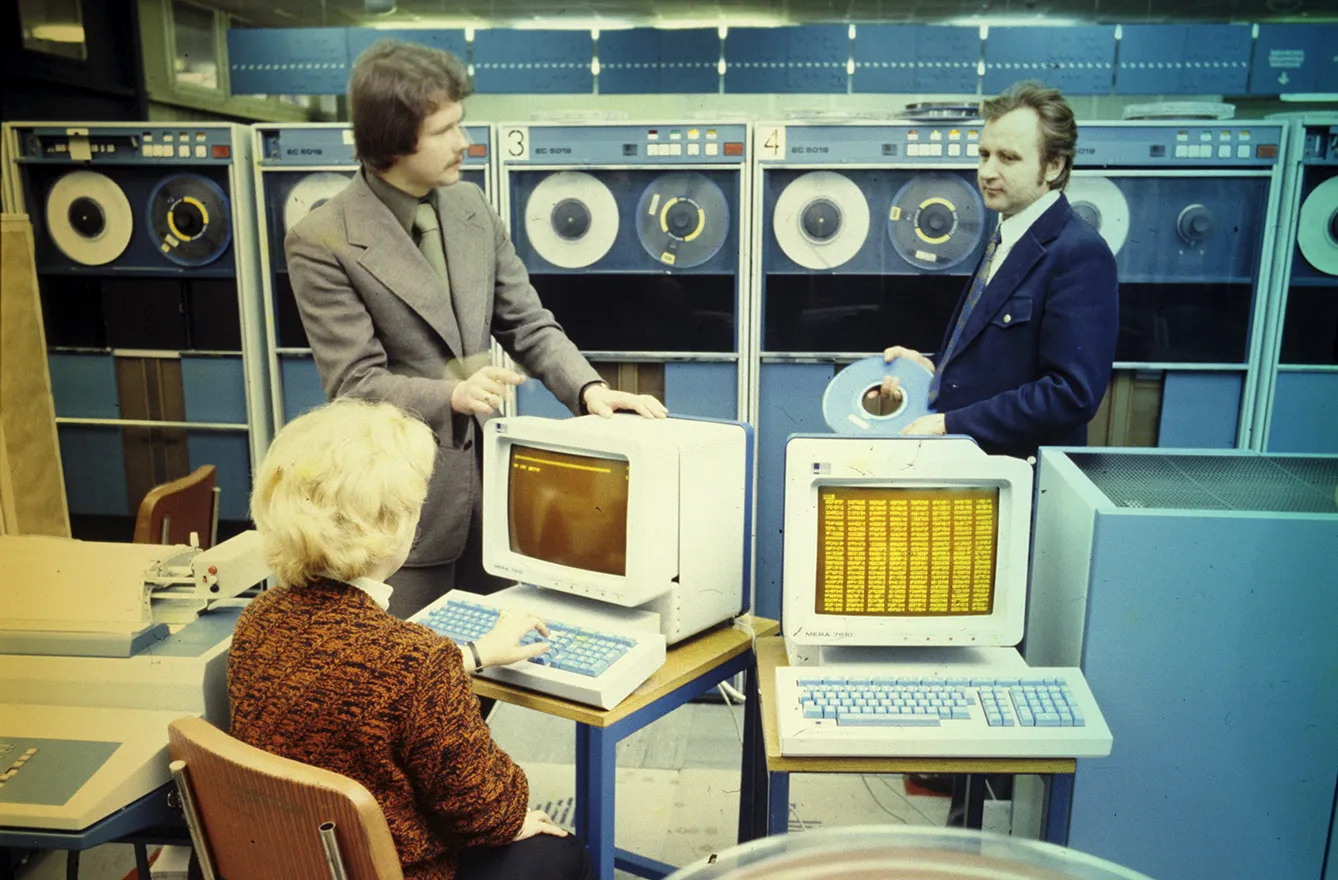The history of computer manufacturing in Poland dates back to the mid-20th century when the country was part of the Soviet bloc and had very limited access to Western technology.
It all began on December 23, 1948, in the Experimental Physics Building in Warsaw, when a group of scientists, fascinated by computing machines and inspired by publications on the ENIAC, which was the US-made world’s first computer, decided to form the Group of Mathematical Apparatuses (GAM). Its goal was to design a machine similar to ENIAC. This was obviously unrealistic, as the country was being ravaged by war, and everything was in short supply. However, nothing could stop Polish engineers. So they started from scratch.
The first breakthrough
In 1953 a memory unit based on mercury acoustic delay lines was developed at GAM, and until the 1960s, it had a decisive influence on the design of Polish computing machines. It was a relatively fast but quite unreliable memory. The same year saw the development of the Analyzer of Differential Equations (ARR, not yet a computer, but close to it), built with 400 electron tubes (also called vacuum tubes) and capable of solving systems of differential equations with an accuracy of a few per mile.
ARR
The ARR was the country’s first systematically operated computing machine, which, in addition, offered the ability to display solutions on several screens. This was something that other machines did not offer for a long time to come. In this way, a basis was established for subsequent, still imperfect designs, which could already be called “computers” from our point of view.

EMAL-1
Electron Automatic Counting Machine (EMAL) was an experimental computer of the first generation. The EMAL was built from 1953 to 1955 and was made using 1,000 vacuum tubes (for comparison ENIAC – 18,000 vacuum tubes), with a mercury memory of 512 40-bit words, and operating at 750 kHz. EMAL’s capabilities were never fully utilized as the machine was extremely unreliable – its components died after two or three days on average, requiring laborious replacement every time.
XYZ
However, the knowledge (and some components) from the EMAL-1 and EMAL-2 projects were used to build the first fully operational computer that was used in everyday work. The 1958 XYZ went immediately to the Office of Computing and Programs, where, in addition to normal work, it was also the subject of demonstrations, in which the Polish state finally took an interest and recognized that the future belonged to computers. XYZ is today considered a breakthrough computer.

It showed that the construction of efficient digital machines with good computing capabilities (for the time) was possible in Poland. It could perform at a speed of 1000 operations per second (today, any smartphone can easily pull out a billion operations per second!) To make the accomplishment of the Polish engineers even more intriguing, it probably would be a good place to add that they had no idea about programming when building XYZ. They learned it on the fly from the very few and rare Western publications.
Odra
What you have read is barely an outline of the very beginnings of Polish computerization. The list of models of computers, both industrial and personal, that were developed in Poland between 1950 and 1980 is long. Some of them were used in industry until our time, such as the ODRA 1305, first released in 1974. The ODRA directed the movement of freight trains until 2010 when it was eventually shut down.
It still operates, but now at a museum. Among the many Polish computing machines, the ones mentioned are a testament to the ingenuity, creativity, and resilience of the country’s engineers, scientists, and entrepreneurs. Despite significant challenges and obstacles, they created some of the world’s first computers and continue to make important contributions to the field of computer science and technology.







